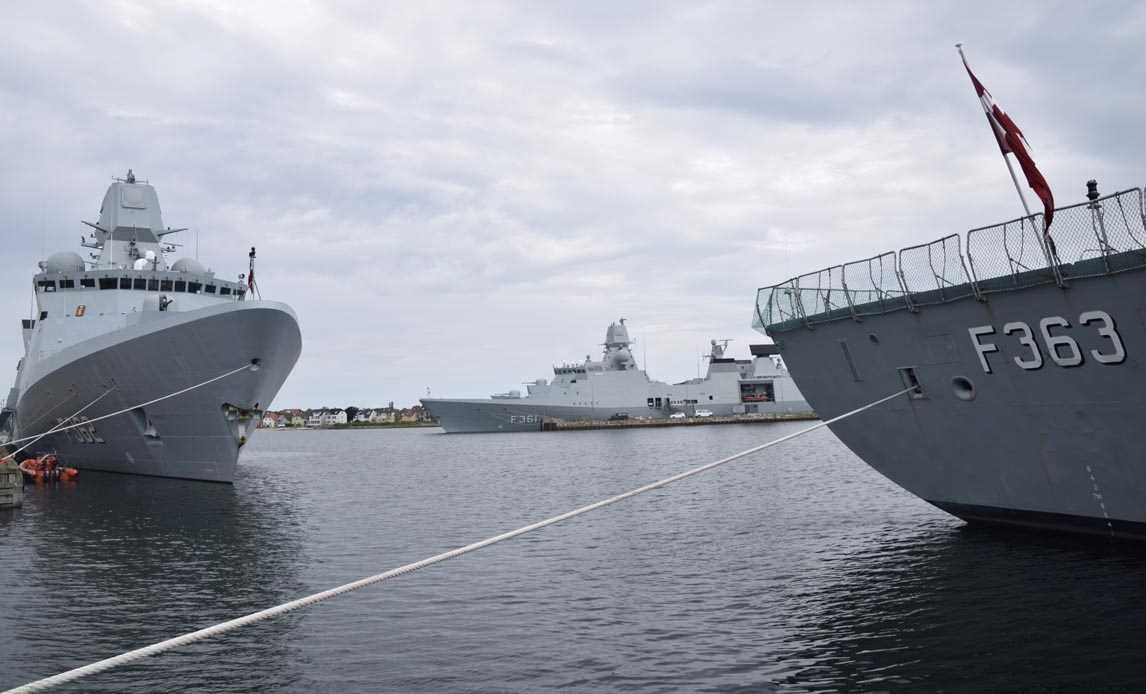As the Arctic has become more accessible to shipping and oil exploration over the last ten years, there has been an increasing demand to increase the level of preparedness of the authorities should the worst happen and a major oil pollution incident take place.
Burn it off
One way of dealing with the problem is to set fire to it while it is floating on the surface – so-called in situ burning. This method was, in fact, used in the Gulf of Mexico in the wake of the Deepwater Horizon platform spill in 2010.
In a new PhD dissertation presented last week at the Technical University of Denmark (DTU), Laurens van Gelderen has been investigating whether the technique could also be used in the Arctic.
READ ALSO: DTU remains the most innovative Nordic university
In order to come up with an answer, Van Gelderen first had to investigate the chemical properties of crude oil and how it reacts when it is ignited. He has proved that crude oil behaves very differently from refined oil in the case of in situ burnings.
Fire and ice
He also investigated how the cooling effect of the sea and the presence of sea ice influenced burnability. Burning small amounts of crude oil on water did not produce enough heat to keep the oil continuously warmed up, so it was unable to have the desired effect. It turns out that the larger the oil pool, the more effectively it will burn on the surface of the sea.
Surprisingly, perhaps, ice was also found not to have a negative effect and can in fact be used as an alternative to the booms used at present to contain oil spills. The latter are not suitable for Arctic use because of the logistics of getting them there and also because the ice can push the booms, thus releasing the enclosed oil.
“The results of my research point to the fact that in situ burning has the potential to be a successful method of cleaning up after large oil spills in the Arctic because the ice can help to contain the oil and make it easier to ignite. It is, however, necessary to work more on the practical aspects of ignition to make sure the flames spread to the entire oil spill and don’t only burn a small part of the oil away.”
The full title of Laurens van Gelderen’s dissertation is ‘In-situ burning of crude oil on water – A study on the fire dynamics and fire chemistry in an Arctic context’.












